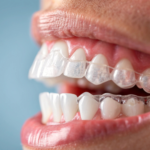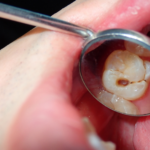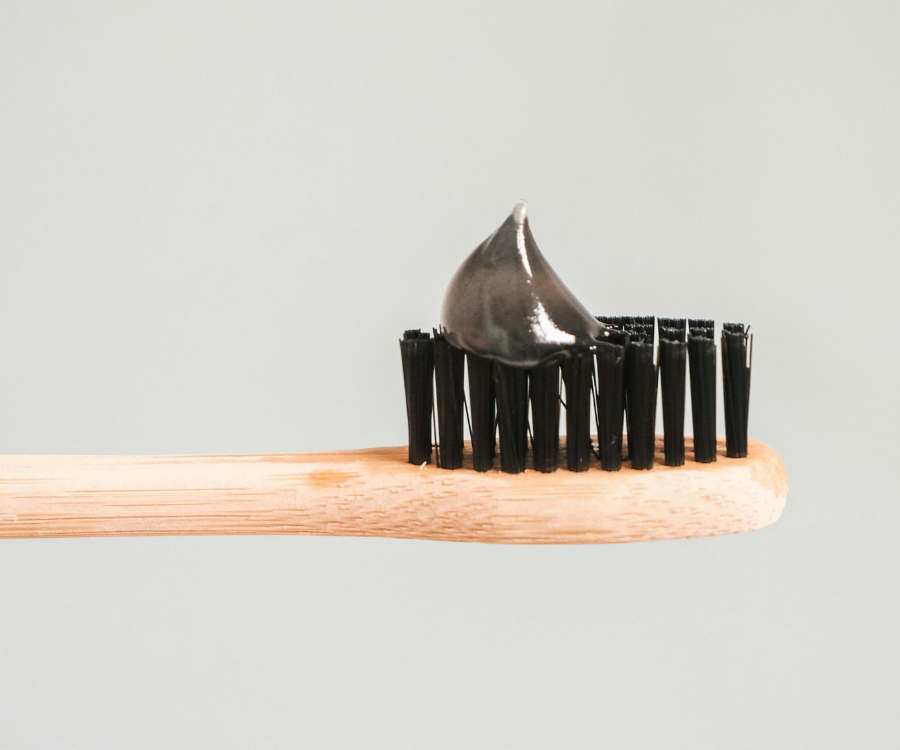From Twig to Tech: The Surprising History of Your Toothbrush
When you reach for your toothbrush in the morning, you’re picking up a tool with a history far longer and more surprising than you might think. We often take our modern dental hygiene for granted, but the journey to the sleek plastic brush and minty paste of today is a story of human ingenuity that started with something as simple as a twig.
For thousands of years, people across different cultures used “chew sticks” as their primary method of cleaning their teeth. These weren’t just any old branches; they were specially selected twigs from aromatic or medicinal plants. One end of the twig would be frayed into a brush-like texture, while the other could be used as a toothpick. The plant itself often had antiseptic properties, which helped to freshen breath and fight off germs. This practice was widespread, from ancient Babylonia to parts of Africa and the Indian subcontinent, where a similar tool called the “miswak” is still used today.
The transition from a natural twig to a more recognizable brush began in 15th-century China. The first bristle toothbrushes were made from stiff, coarse hairs from the necks of Siberian wild boars, attached to a handle made of bone or bamboo. This design eventually made its way to Europe, though it was a luxury item reserved for the wealthy. It wasn’t until the late 1700s that a British entrepreneur named William Addis mass-produced a more affordable version, forever changing how people cared for their teeth.
Of course, the animal bristles used in these early brushes were not without their problems. They were often unsanitary and dried slowly, creating a breeding ground for bacteria. This all changed in the 20th century with the invention of nylon. In 1938, DuPont introduced the first toothbrush with synthetic nylon bristles, making dental hygiene more hygienic and accessible to the general public.
Today, we have a vast array of options, from manual brushes with ergonomic handles to advanced electric toothbrushes with timers and pressure sensors. We’ve moved from chewing on a twig to using a tool that can connect to our smartphones. Yet, the core purpose remains the same: to maintain a healthy and happy smile.
So next time you’re brushing your teeth, take a moment to appreciate the incredible journey of this everyday object—from a simple twig to a high-tech tool, it’s a testament to our ongoing quest for better health.








